All students deserve to go to excellent and fairly-funded schools that prepare them for college and life. However, many students still attend schools that are underfunded and lack critical resources like safe and modern facilities, mental health support, certified teachers, trained support staff, and strong academic, tutoring and extracurricular programs. These challenges have long existed for students of color, emergent bilingual (English learner) students, students with disabilities and those from families with limited incomes. They only worsened with the COVID-19 pandemic.
Unfortunately, schools and students will continue to feel these challenges for some time. The effects of the pandemic on access to resources, student learning, and the health and well-being of school communities are far from over. We must continue to monitor how students are faring and provide schools and educators with the resources they need to ensure all students succeed.

This week, IDRA released a new issue brief, What You Need to Know About the ESSER Funding Cliff – How Schools Will Be Impacted by the End of Federal COVID-19 Relief Funding. In it, IDRA analyzes:
- how the federal Elementary and Secondary School Emergency Relief Fund monies were allocated to K-12 schools,
- how school districts spent critical federal relief funds, and
- the precarious position many districts are in as they face deadlines to spend remaining federal monies, combined with other fiscal, student population, and policy challenges that impact funding for public schools.
There are many lessons to learn from the challenges school districts continue to face and from how targeted investments impacted student learning and well-being. The brief makes policy recommendations to state and federal leaders, including to:
- Fully fund public schools with increased investments by states and a focus on evidence-based programming and staff to serve vulnerable children;
- Invest in meaningful family and community engagement programs to build stronger networks of support for students, accurately identify student needs, and determine how school districts and states can provide resources to meet them; and
- Conduct a federal review of relief spending with the goal of identifying impactful initiatives to include as best practices in national clearinghouses and for future federal funding.
Finally, the brief presents two case studies to examine how schools in Texas and Georgia spent federal emergency relief funds.
Please check out IDRA’s other policy resources on school funding, culturally-sustaining schools, educational opportunities for emergent bilingual students, access and preparation for college, and ending harmful school discipline.


